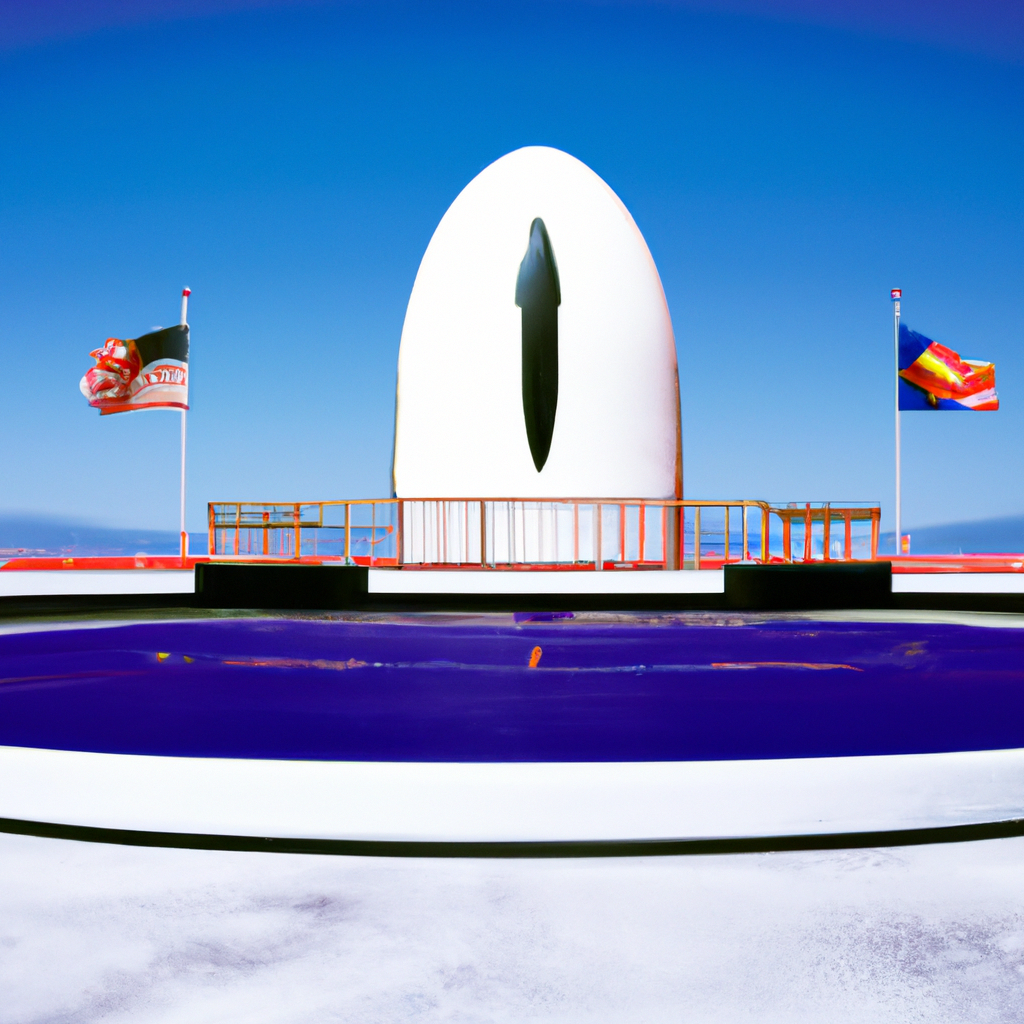The Boeing CST-100 Starliner crew received encouraging news regarding their return to Earth. Recently, ground testing of the spacecraft’s thrusters was completed, an essential step that had kept the Starliner in space since early June. Boeing and NASA had been waiting for these tests to commence planning for the spacecraft’s return journey.
An update from last week stated, “Ground testing of a Starliner Reaction Control System (RCS) thruster at the White Sands Test Facility in New Mexico is complete, and teams are now focusing on data reviews.” The purpose of the testing was to examine thruster performance, particularly to understand why some thrusters were not operational during flight and to assess the potential impact of returning these thrusters to service on the upcoming Crew Flight Test.
The term “de-selected” refers to thrusters that failed to work as intended. Prior to and during the launch, the helium tanks controlling the thrusters experienced leaks, contributing to several delays. At a recent press conference, officials noted that while the Starliner has 70 hours of helium onboard—far more than the seven hours it requires—there is still some hesitance to proceed with an immediate return.
In their latest update, NASA and Boeing suggested that a return flight could occur as soon as the end of this month. However, the timeline has become less specific. “Boeing and NASA engineers will continue with thruster disassembly and inspections, and will work to finalize flight rationale in preparation for readiness reviews for Starliner’s planned return to Earth with commander Butch Wilmore and pilot Suni Williams in the coming weeks,” the statement concluded.
